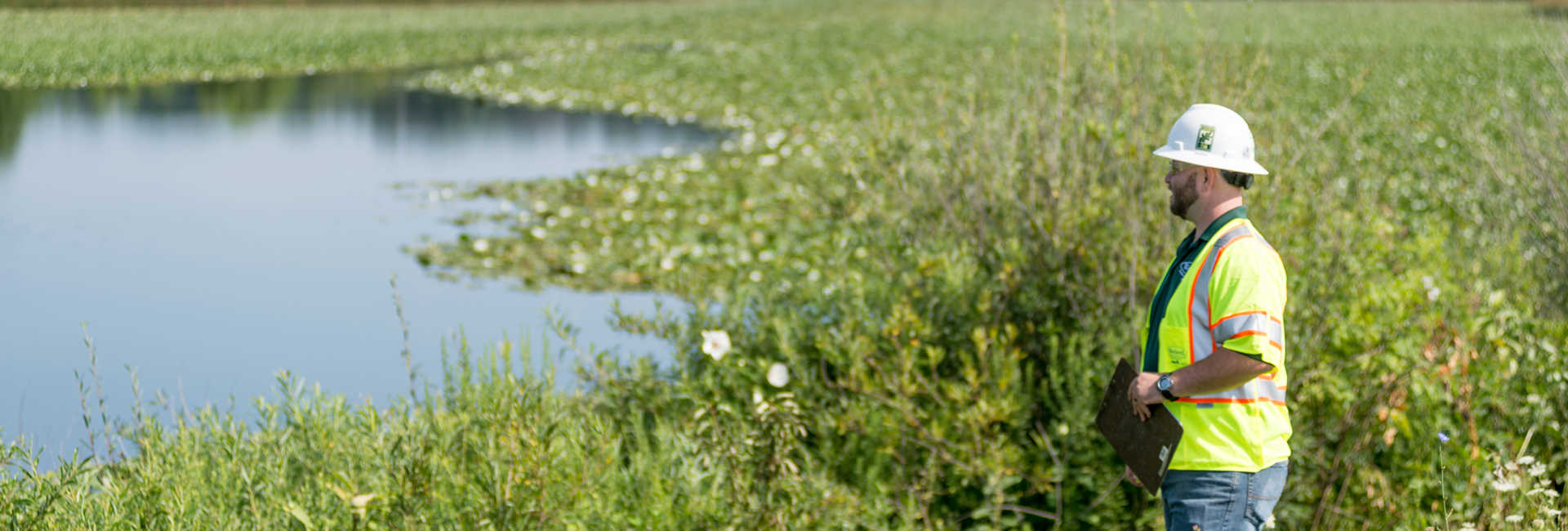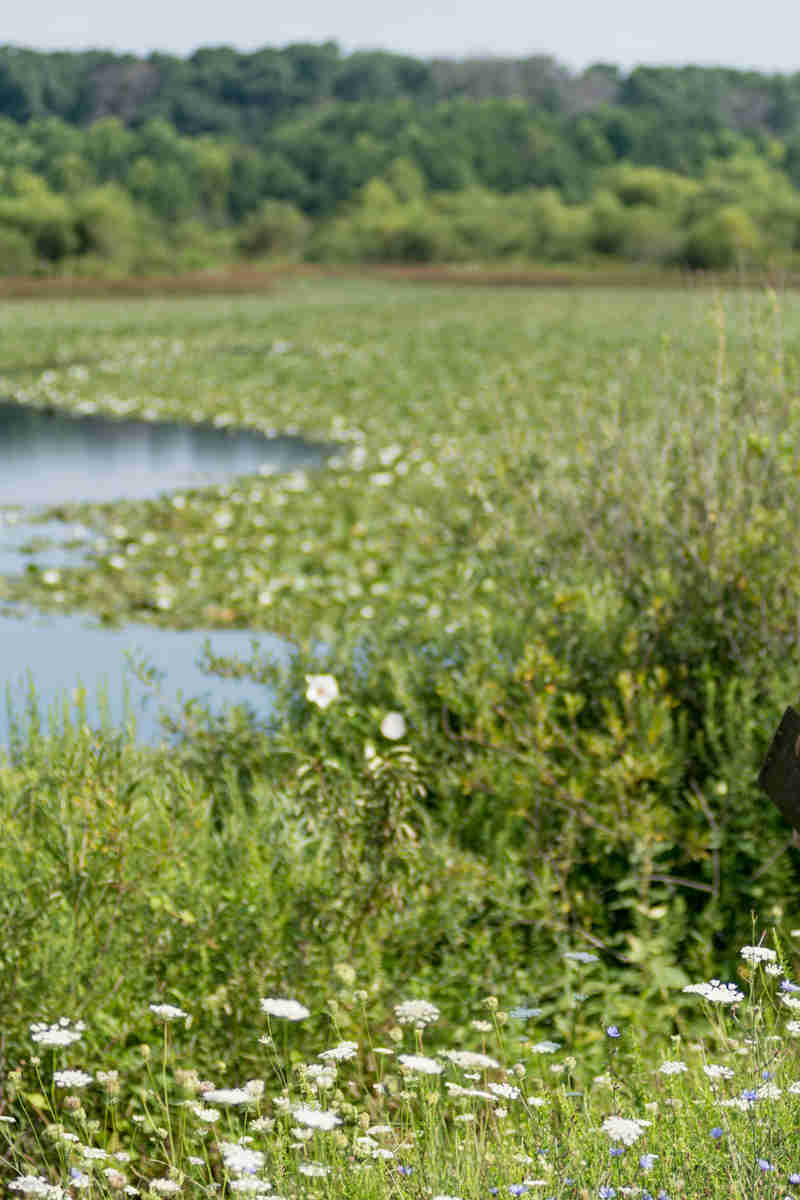On April 17, 2025, the U.S. Fish and Wildlife Service (USFWS) and National Marine Fisheries Service (NMFS proposed removing the definition of ‘harm’ from the Endangered Species Act (ESA). Under the current rule, modifying or destroying an endangered species’ habitat, such as clearing a forest or altering a river, is considered a “take” of the species and is prohibited by law. 90 Fed. Reg. 16,102 (Apr. 17, 2025).
Davey Resource Group (DRG) is following this change because it may impact how industry professionals work on projects with ESA-related restrictions. This proposal is part of President Trump’s broader initiative to revise ESA enforcement, following Executive Order 14154, “Unleashing American Energy,” issued on January 20, 2025. Additional regulatory changes are expected in October 2025.
A Short History Of The Endangered Species Act
The ESA is a federal law that protects animals and plants at risk of extinction, known as endangered or threatened species. It says you can’t “take” these species, meaning you can’t harm, harass, kill, hunt, trap, capture, or collect them. The word “harm” is part of this rule.
Since 1981, the government has defined “harm” to include not only direct injury/death of listed species, but also significant habitat modification or degradation that impairs essential behaviors such as feeding, breeding, or sheltering. 50 C.F.R. § 17.3 (USFWS); 50 C.F.R. § 222.102 (NMFS).
In 1995, the U.S. Supreme Court upheld this definition in a 6-3 decision, finding that the government had the authority to interpret the law under a rule called the Chevron deference. Babbitt v. Sweet Home Chapter of Communities for a Great Or., 515 U.S. 687 (1995). However, one justice disagreed, contending that “harm” should refer only to directly hurting an animal, not changing its habitat.
The Proposed Change
The USFWS and NMFS propose to narrow the interpretation of “harm” in the ESA, following the 2024 Supreme Court decision in Loper Bright Enterprises v. Raimondo, which ended the Chevron deference. The services say “harm” should only cover actions that directly and intentionally hurt endangered species, like killing or capturing, and not projects like building a road that can alter a species’ habitat.
Instead of creating a new definition, they plan to use the ESA’s original list of actions for “take” (like hunting, killing, or trapping) without explaining “harm” further. This change would only apply to new projects, not ones that already have permits.
What This Means
If this rule is approved, it could change how we protect endangered species:
- Changes to Restrictions on Projects – Without “harm” including habitat damage, construction projects may have different and/or lesser restrictions than they do currently.
- Less Protection for Animals – The government may not require as many mitigating measures to protect listed species’ habitats during projects.
- More Lawsuits – Without a clear definition of “harm,” people might disagree about what “take” means. This could lead to more court cases over whether projects follow the law.
- Rules Could Change – Different presidents often change ESA rules. A future administration might reinstate the “harm” definition or create a new one, which could keep the regulated community uncertain.
What’s Next?
Public comments on the proposed rule ended on May 19, 2025. This proposal represents a significant step toward changing how the ESA is implemented, with further updates anticipated in October 2025.
Article Contributors:
Kevin Thomas, Principal Consultant, Davey Resource Group, North Carolina Office



